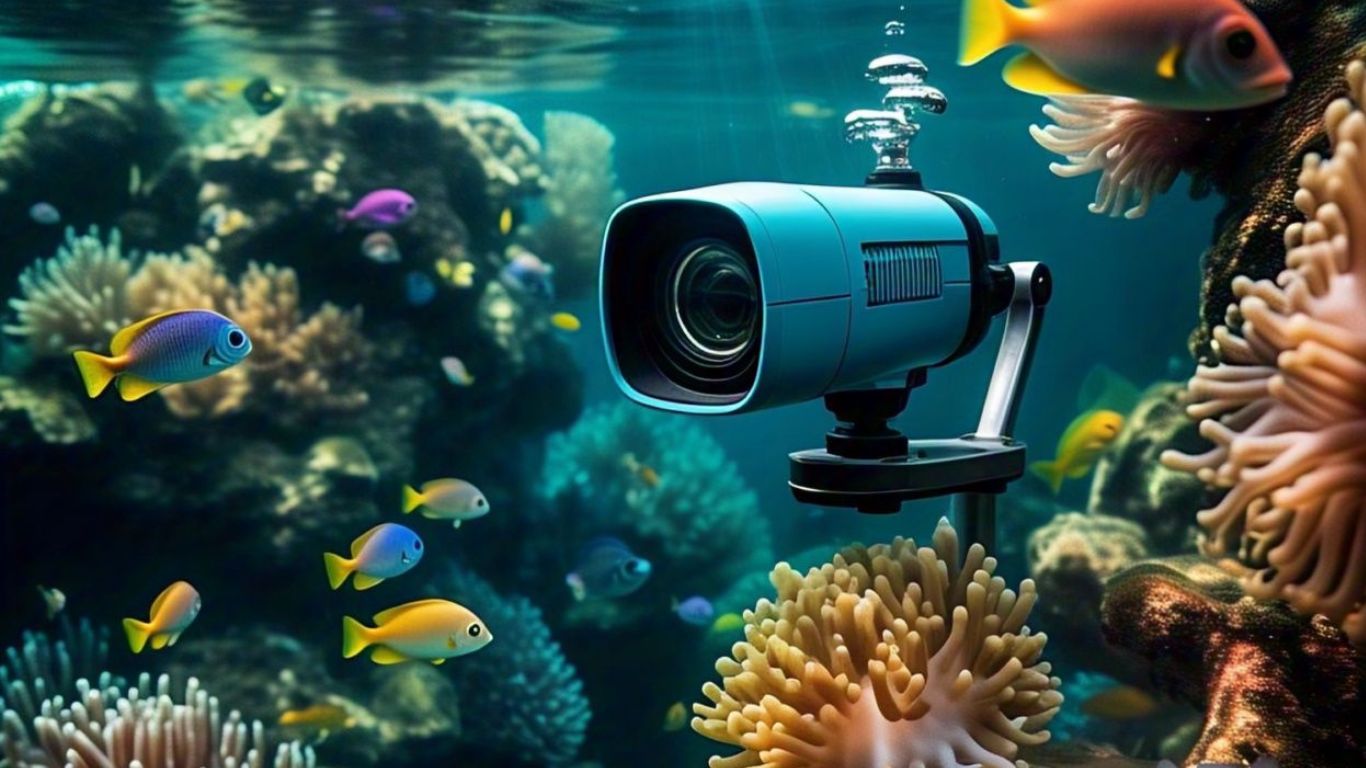
Importance of Underwater Security Cameras in Marine Security
Underwater security cameras play a vital role in safeguarding marine environments and protecting valuable assets. Whether monitoring underwater facilities, ensuring port security, or supporting aquaculture operations, these devices provide real-time surveillance to detect threats, enhance operational efficiency, and prevent accidents.
Key Features of Underwater Security Cameras
Modern underwater security cameras are equipped with advanced technologies to meet the challenges of underwater environments.
High-Definition Imaging
These cameras offer sharp and detailed footage, enabling operators to monitor underwater activities with precision. Clear imaging is critical for detecting anomalies, inspecting marine structures, and ensuring operational safety.
Pressure-Resistant Housing
Designed to withstand extreme underwater pressures, these cameras are built with durable materials that resist corrosion and maintain functionality at various depths.
Night Vision Capability
Equipped with infrared or low-light sensors, underwater cameras provide visibility even in dark or murky waters. This feature is invaluable for night-time monitoring and deep-sea applications.
Connectivity and Integration
Many underwater security cameras support remote access and seamless integration with existing security systems, enabling efficient monitoring from onshore control rooms or mobile devices.
Applications of Underwater Security Cameras
Port Security
Underwater cameras are used to monitor shipping channels, detect unauthorized activities, and inspect hulls for contraband or damage.
Underwater Facilities
Oil rigs, subsea pipelines, and other underwater infrastructure rely on cameras for inspections and safety monitoring, ensuring smooth operations.
Aquaculture Management
In fish farms, underwater cameras help monitor stock health, feeding patterns, and potential threats like predators or disease outbreaks.
Naval Operations
For military applications, these cameras provide critical surveillance capabilities for identifying threats and supporting underwater missions.
How to Choose the Best Camera for Underwater Security
Selecting the right underwater security camera depends on various factors:
Depth Capacity
Consider the maximum depth the camera can operate in. Deep-sea operations require cameras with robust pressure-resistant designs.
Image Quality
High-definition imaging is crucial for clear footage, especially in professional or security-critical applications. Opt for cameras with superior resolution and adjustable focus.
Durability and Anti-Corrosion Features
Cameras exposed to saltwater need anti-corrosion housing to ensure longevity and consistent performance.
Maintenance and Upkeep
Choose models with easy maintenance to minimize downtime and ensure continuous monitoring. Some cameras are designed with self-cleaning features to remove algae or debris.
Compatibility and Integration
Ensure the camera can integrate seamlessly with your existing security systems or software. Models with Wi-Fi, Ethernet, or other connectivity options offer greater flexibility.
Conclusion
Underwater security cameras are indispensable for marine security and operational efficiency. With features like high-definition imaging, anti-corrosion design, and night vision, these cameras ensure safety and effectiveness in challenging underwater conditions. Whether for ports, aquaculture, or naval use, investing in a high-quality underwater camera is a step toward enhanced security and productivity.
Explore premium underwater security solutions on Revlight Security.













